Painter From the 90s Fashion in the 90s
Special Exhibitions Gallery January 19, 2022 - April 17, 2022
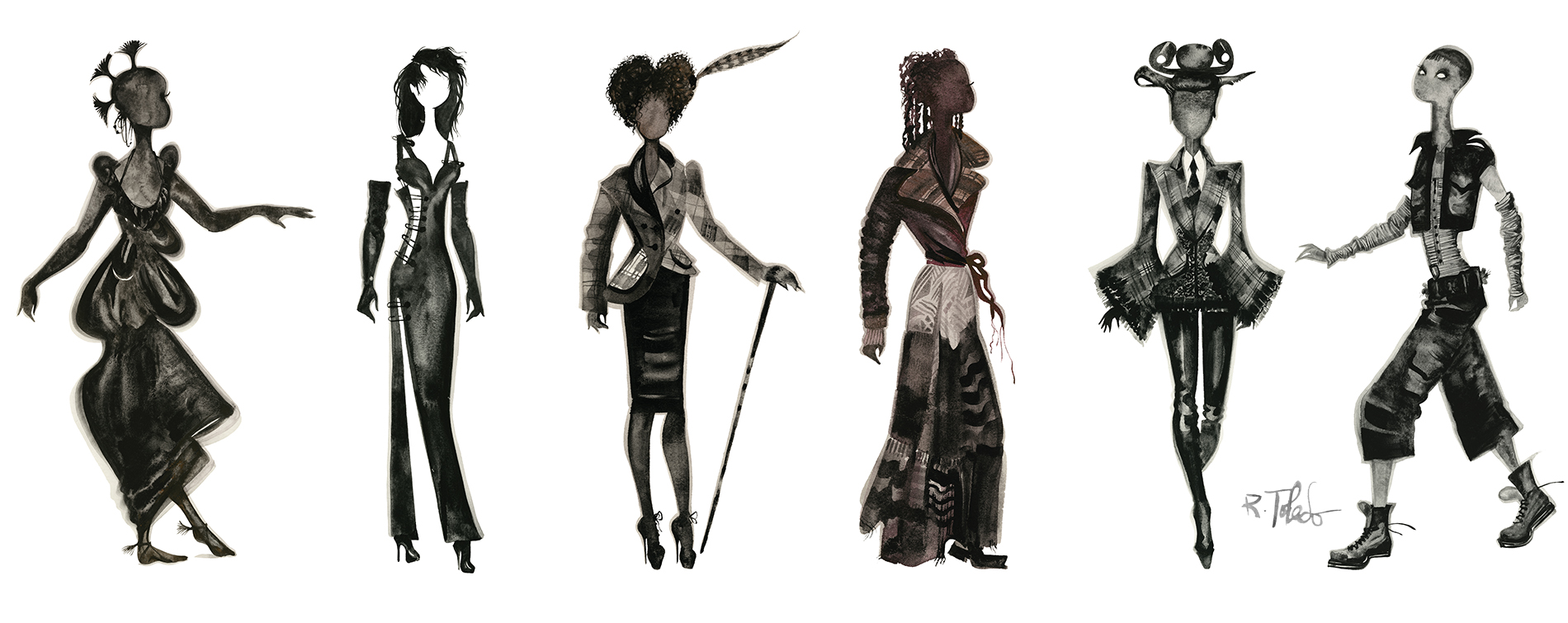
Organizing an exhibition on 1990s manner could exist considered an capricious pursuit. Styles do not begin and end in a neat, ten-year cycle. Notwithstanding, those working in fashion—designers, historians, journalists, and others—tend to ascertain each decade by a handful of prevailing silhouettes or a few important designers, attempting to convey the feeling of an era in a concise way. Mode curators as well partake in this "decade-ism." Part of a curator's role is to place and ostend what many people already know virtually fashion, but it is also to challenge such notions, highlighting the nuances and contradictions that characterize dress every bit a circuitous course of expression. At that place is maybe no improve decade than the 1990s to explore the fast-paced and sometimes incongruous nature of manner trends.
Reinvention and Restlessness: Fashion in the Nineties considers this compelling period in fashion—a time that was filled with hope for the future and yet fraught with anxiety. It documents a decade that not merely heralded the finish of a century but too the terminate of a millennium. The exhibition engages with eight important trends that helped to define the decade, focusing on themes that stimulated excitement and change.
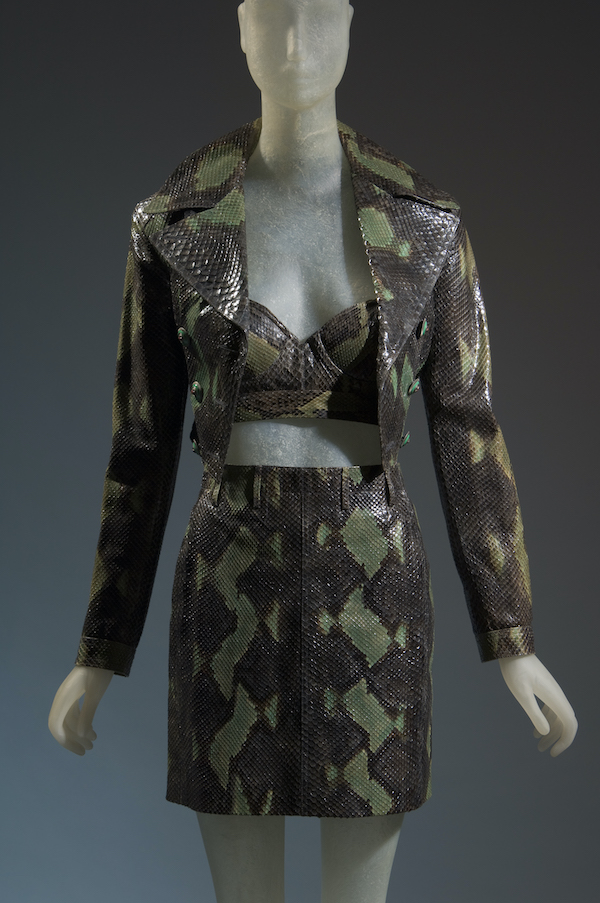
Azzedine Alaïa, ensemble, snakeskin, spring 1991, French republic, gift of Veronica Webb, 2008.65.7
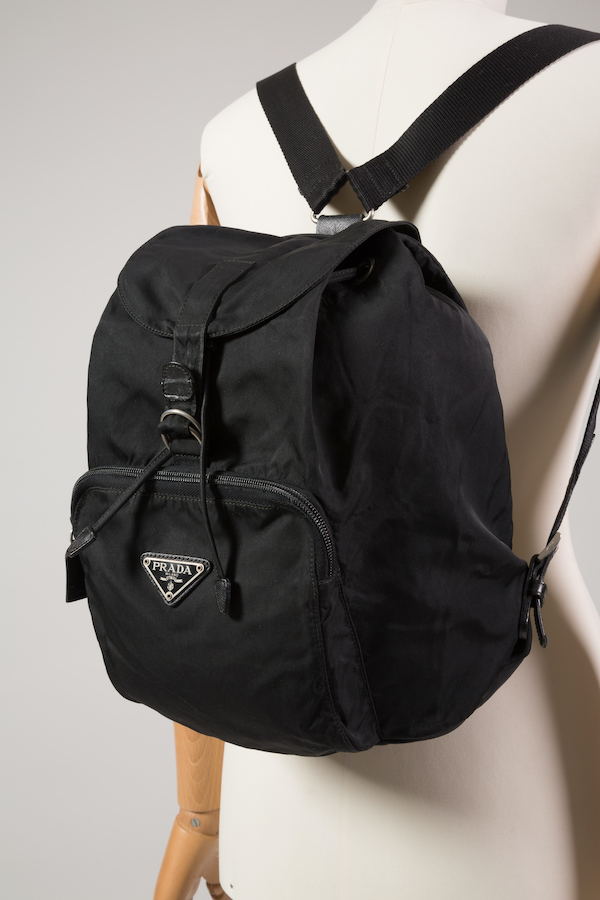
Prada, backpack, nylon, early on 1990s, Italy, 2017.1.1
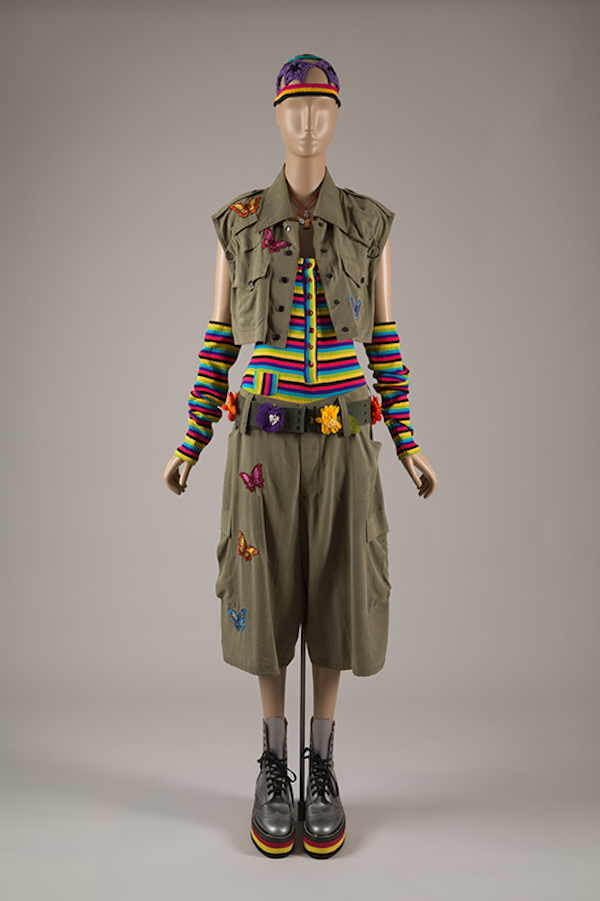
Anna Sui, ensemble, silk, acrylic knit, cotton, leather, and safe, spring 1993, United states of america, souvenir of Anna Sui, 93.70.one
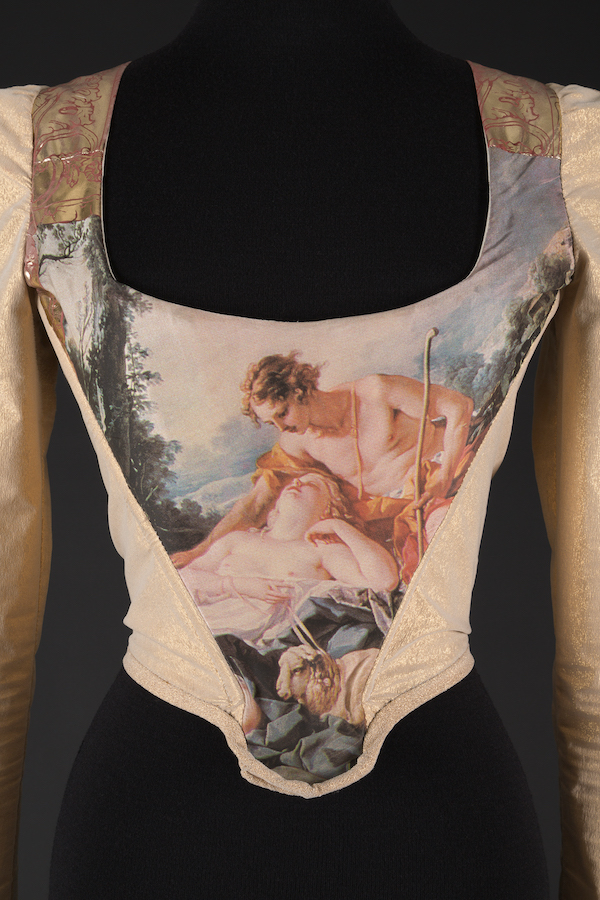
Vivienne Westwood, corset bodice, printed stretch blend and gilt Lycra, fall 1990, England, 2019.64.1
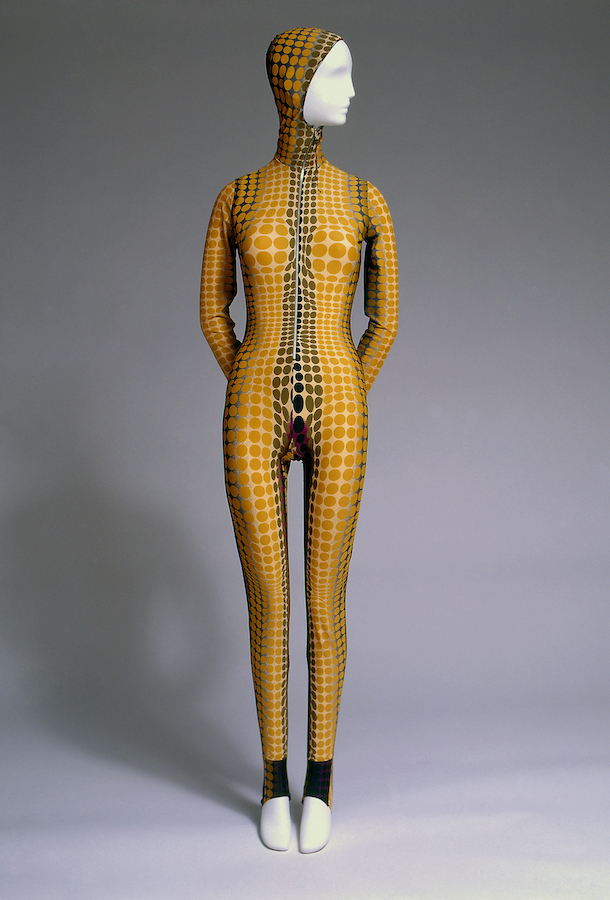
Jean Paul Gaultier, one-piece, printed nylon stretch material, autumn 1995, France, 96.66.ane
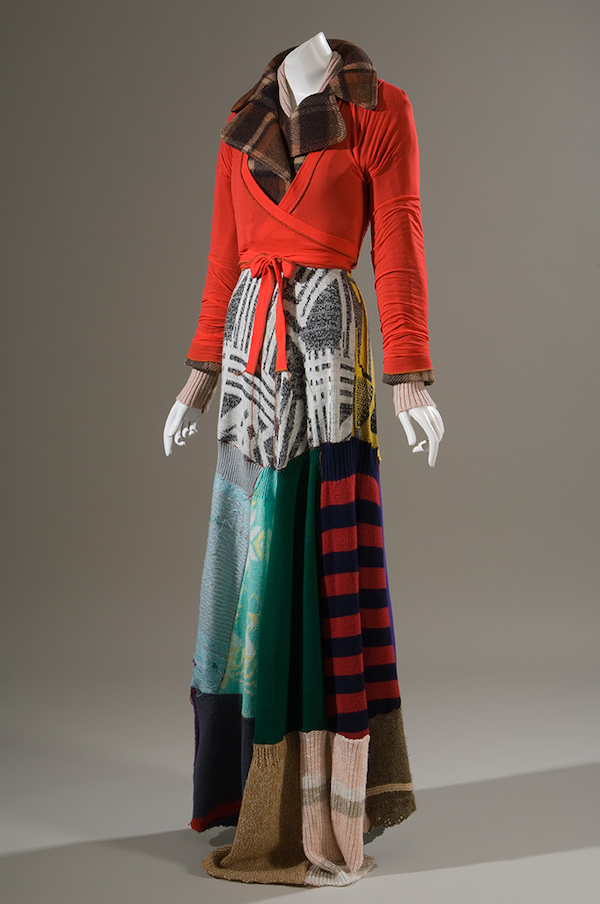
XULY.Bët (Lamine Kouyaté), ensemble, recycled sweaters, printed wool, and nylon, autumn 1994, France, souvenir of XULY.Bët, 95.7.1
The concept of reinvention encompasses the themes of minimalism, grunge, deconstruction and the avant-garde, and the revival of luxury. Although the term "minimalist" began to appear in style magazines by the early 1980s, the style as nosotros ofttimes call back of it today—with its pared-downwards silhouettes and neutral palette—only became a leading tendency in the early on 1990s. The minimalist designs of Calvin Klein, Jil Sander, and others were perceived every bit a reaction to the backlog of the previous decade'due south styles, and their popularity was hastened past a global recession that made the flaunting of wealth announced tactless. Grunge offered some other counterpoint to the opulence of the 1980s, but the style was based on the mismatched, layered, and tatty habiliment associated with the music scene in the Pacific Northwest. In 1993, Marc Jacobs and Anna Sui famously translated the grunge look to high-manner runways.
Many designers renounced lavish styles during the first one-half of the 1990s, however luxury shortly marked its return—a change that was sparked, in office, by Tom Ford's alluring designs for Gucci. Ford's success quickly encouraged the hiring of fresh talent at other established labels that hoped to revitalize their images. Meanwhile, avant-garde mode was led by deconstruction, a term applied to unconventional wear with a worn, unfinished, or incohesive appearance. Although coined to describe the piece of work of Martin Margiela, deconstruction was led by several Japanese designers, including Rei Kawakubo of Comme des Garçons, during the 1980s.
Restlessness is characterized by the themes of retro revivals, engineering science, environmentalism and reuse, and the global wardrobe. The concept of historically inspired fashion tin exist traced back to at to the lowest degree the fourteenth century, simply the gustation for such styles accelerated during the 1990s to get a dizzying, overlapping succession of influences. John Galliano and Vivienne Westwood designed collections that indulged their infatuation with the eighteenth century, whereas Miuccia Prada and others looked to the more recent styles of the 1960s and 1970s. Simultaneously, computer advancements were changing the ways that clothing was made, worn, and consumed, allowing designers to expect to the time to come. Jean Paul Gaultier and Todd Oldham used cutting-border technology to design prints, and Helmut Lang laid the groundwork for the streaming of fashion shows online.
The environmental impact of fashion production was steadily making its way into public consciousness during the 1990s, and a handful of forward-thinking creators made clothing that centered on less wasteful practices. Lamine Kouyaté's one-of-a-kind garments, which were assembled from discarded or unwanted materials, highlighted the possibilities of creative reuse within high mode. Although globalization is a centuries-old miracle, information technology expanded considerably in the 1990s. In manner, this translated into a mélange of styles with a diverse assortment of influences. Some designers, such every bit Chinese-built-in Vivienne Tam, were inspired past their own heritage. The global influences proffered past European and American designers—which were largely celebrated during the 1990s—may be viewed more critically today equally concerns over cultural cribbing are increasingly identified. Although nineties fashion has already made several comebacks, the ways in which nosotros think nigh and appoint with fashion continue to evolve.
-- Colleen Hill, curator
a decade that heralded the cease of a century
Reinvention and Restlessness: Fashion in the Nineties considers this compelling menses in fashion—a time that was filled with hope for the future and yet fraught with feet. Information technology documents a decade that not but heralded the end of a century but likewise the end of a millennium. The exhibition engages with eight important trends that helped to define the decade, focusing on themes that stimulated excitement and alter.
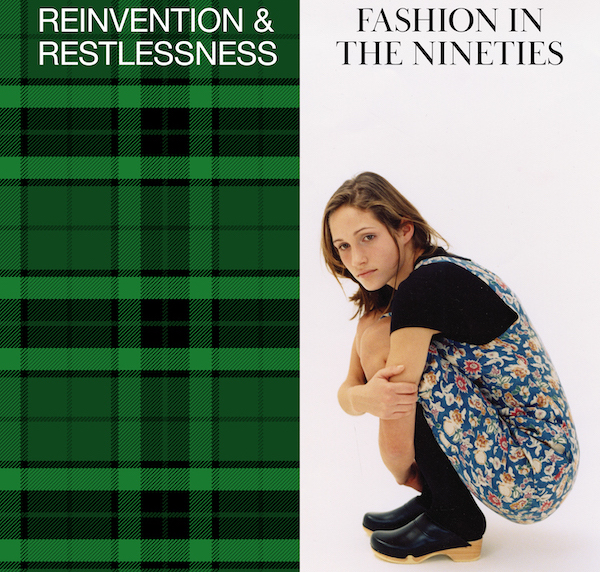
Related Publication
Reinvention and Restlessness: Fashion in the Nineties is accompanied by a volume of the same championship, published by Rizzoli Electa and available at major booksellers. Written by exhibition curator Colleen Hill, the publication also includes essays by curator and author Shonagh Marshall, MFIT Deputy Manager Patricia Mears, and MFIT Director and Main Curator Valerie Steele. Information technology features more than 100 stunning images past photographers such every bit Corrine Day, Patrick Demarchelier, Nick Knight, Rankin, David Sims, and Ellen von Unwerth.
Acquire More
In the press
Events
MFIT's 26th Annual Way Symposium
The exhibition is accompanied by MFIT'south 26th annual fashion symposium. This virtual event will premiere on YouTube Friday, February eleven, 2022, from xi am to one:30 pm ET.
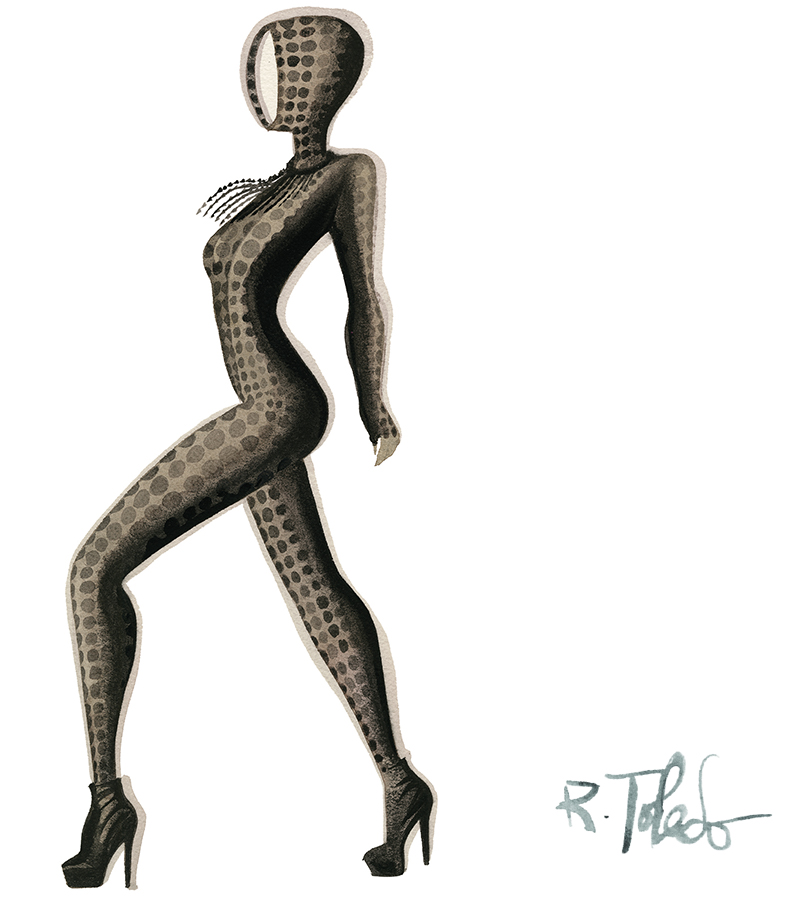
Illustration by Ruben Toledo
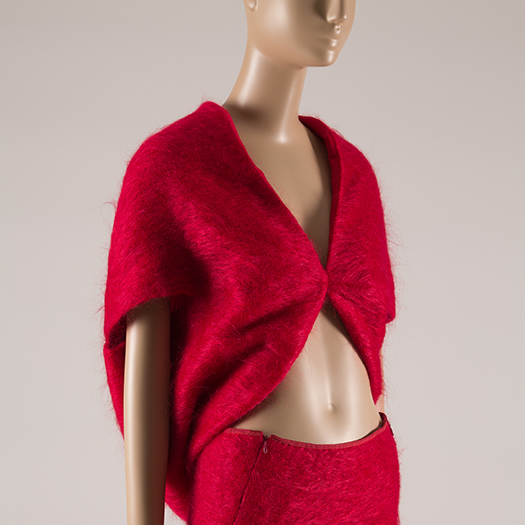
This exhibition has been made possible thanks to the generosity of the Couture Council of The Museum at FIT, The Coby Foundation, and the New York Land Quango on the Arts.
0 Response to "Painter From the 90s Fashion in the 90s"
Post a Comment